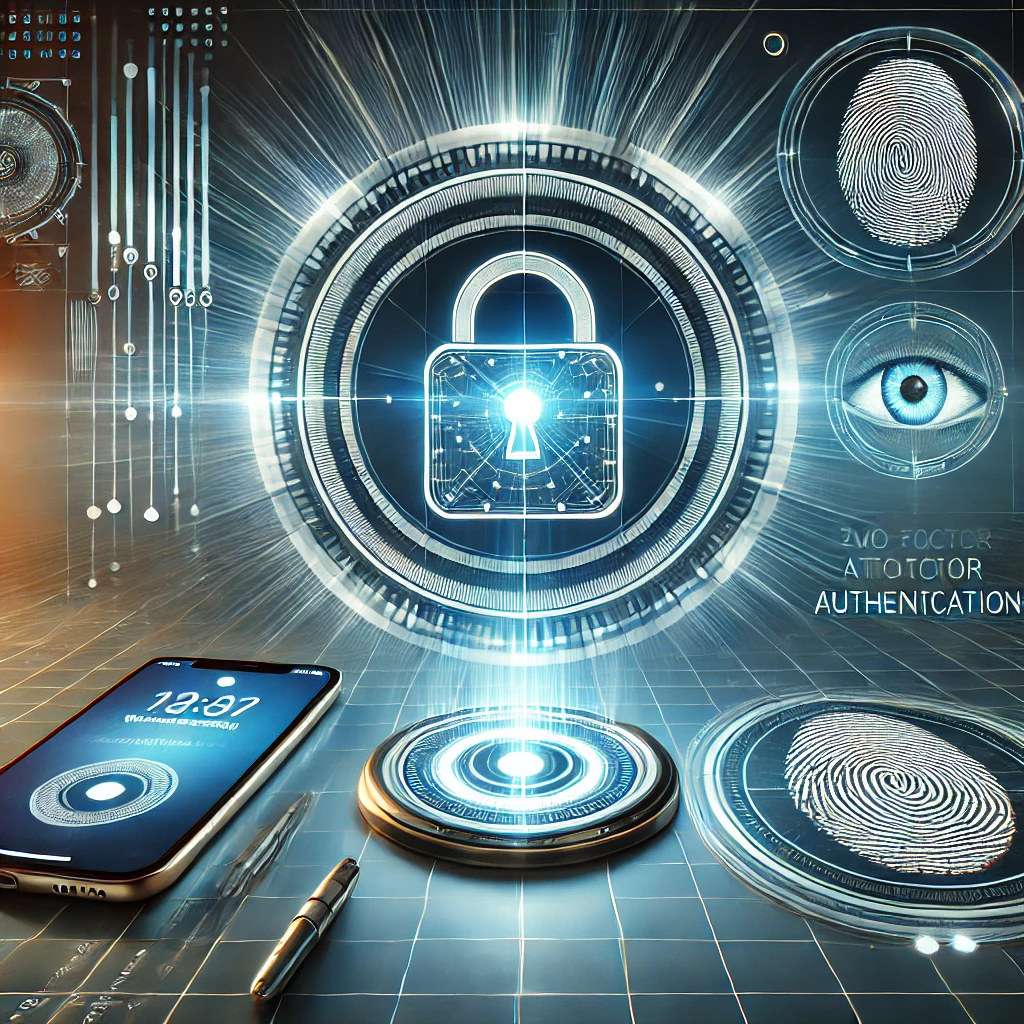
Emerging identity Authentication Technology are the cornerstone of progress in information security and network security. Among many solutions, PDX authorization authentication technology is known for its innovative methods and diverse functions. In today’s digital world, protecting confidential information and ensuring system and network security is more important than ever. This article explains what PDX Validation authentication technology is, how it works, and why it is important to businesses and individuals.
What is PDX authorization authentication technology?
Digital Identity Verification Technology PDX refers to an advanced system designed to verify the identity of users with digital or physical assets. It uses tools, software and algorithms to ensure authorized users have access to systems and information. In this context, PDX is often described as a process or system used to improve the quality assurance process.
This technology is used across a wide range of industries, including finance, healthcare, government, and business. By incorporating strong authentication mechanisms, PDX technology helps reduce the risks associated with unauthorized access, identity theft and information breaches.
PDX Authentication Technology Basics
Multi-Factor Authentication (MFA):
PDX systems often include MFA, which requires the user to verify their identity using two or more things, such as a password, biometric identification (such as fingerprint or face) part recognition) image. ) and safety features.
Biometric Integration:
This technology supports biometric authentication, providing high security based on unique physical characteristics that are difficult to replicate.
Real-time monitoring:
Most PDX systems include real-time monitoring capabilities to detect unusual access methods or access attempts and alert administrators of potential threats.
Encryption:
The data sent during authentication is encrypted to ensure that confidential information cannot be tampered with.
Scalability:
The PDX solution is scalable and suitable for all types of businesses, from small businesses to large enterprises.
How does PDX authorization authentication technology work?
The PDX system follows the following steps:
User Registration:
During initial setup, the user must create a profile, which may include a combination of username, password, and data.
Storage details:
User information is stored, usually using encryption or hashing technology to prevent unauthorized access.
Verification method:
When a user attempts to access the machine, PDX technology verifies their credentials against stored information. This may include:
- Password verification
- Biometric scanning
- One-time password (OTP) generation
Requirements:
If the credentials are verified, the user is logged in. Otherwise, the system will deny access and issue a security warning.
Persistent Authentication:
In some cases, PDX systems use persistent authentication to monitor user behavior within a session to maintain security.
Advantages of PDX Authentication Technology
Additional Security:
By employing advanced authentication methods, PDX reduces the risk of unauthorized access and data exfiltration.
User enhancements:
With features such as biometric authentication, users can enjoy a faster and easier login process.
Regulatory Requirements:
Many industries require security measures to comply with regulations such as GDPR, HIPAA, and PCI DSS. PDX technology helps businesses achieve this goal.
Cost Savings:
Preventing security incidents through strong authentication can save businesses a lot of money in the long run.
Scalability and Flexibility:
The PDX can be configured to meet the needs of different organizations, making it more flexible.
Applications of PDX Official Authentication Technology
Detailed Authentication Technology PDX is used in many areas:
- Banking and Finance: Banks use PDX technology to protect the security of online financial databases, ATMs and bank transfers.
- Healthcare: hospitals and clinics rely on PDX systems to maintain patient records and ensure compliance with medical procedures.
- Government: government agencies use PDX technology to protect corporate information and provide secure access to critical resources.
- Commercial: Merchants support the PDX system by processing secure payments and protecting customer data.
- Education: educational institutions use PDX technology to securely access student portals and management systems.
Challenges and Disadvantages
While PDX authorized authentication technology offers many benefits, there are challenges:
Cost of Implementation:
PDX systems are expensive to use, especially for small businesses.
User Resistance:
Some users may resist adopting new authentication methods, especially if they find them difficult.
Good/Bad:
Biological systems in particular can sometimes produce good or bad results, leading to depression and safety issues. Chapter
Technical Overview:
Organizations that rely heavily on PDX systems may be at risk if the technology fails or malfunctions Chapter
Testing Changes: Cyber Threats: Cyber Threats
Best Practices for Using PDX Technology
Conduct a Security Audit:
Review your organization’s current security practices, identify gaps, and determine where PDX technology is most effective.
Choose the right option:
Select the PDX system that best suits your organization’s needs and scalability needs.
Train employees:
Arrange training so employees understand how to use the new quality assurance system.
Regular System Updates:
Keep PDX technology updated to protect against upcoming threats.
Monitoring and Accounting:
Regularly monitor authentication logs and perform security audits to identify and resolve potential issues.
Latest Developments in PDX Authentication Technology
The field of authentication is constantly evolving. You will find:
- Artificial Intelligence Authentication:
- Artificial Intelligence has been integrated into the PDX system to increase accuracy and detect errors instantly.
- Passwordless Authentication:
- Many organizations are moving to passwordless authentication methods that rely on biometrics and other security measures.
- Blockchain Integration:
- is exploring blockchain technology to store and verify information transparently and anonymously.
- Anti-avoidance algorithm:
- With the advancement of software, the PDX system must adopt an anti-avoidance algorithm.
- IoT Security:
- With the rise of IoT devices, PDX technology is being adapted to secure smart devices and connected systems.
Conclusion
PDX trust identification technology represents a significant advancement in the security of digital and physical assets. By combining some really cool ways to make sure only the right people get in, like checking who you are in real-time and using super-secret codes, it keeps the bad guys and their pesky digital shenanigans out like nobody’s business. Sure, there are some hurdles to jump, but if companies stick to the good stuff and keep an eye on what’s new and hot in the tech world, they can totally rock the boat with PDX tech without letting anyone crash their party.
For businesses and individuals looking to strengthen their security posture, PDX’s trusted identity technology is a powerful tool worth considering. Transparency, scalability, and efficiency make it an important part of today’s cybersecurity strategy.





